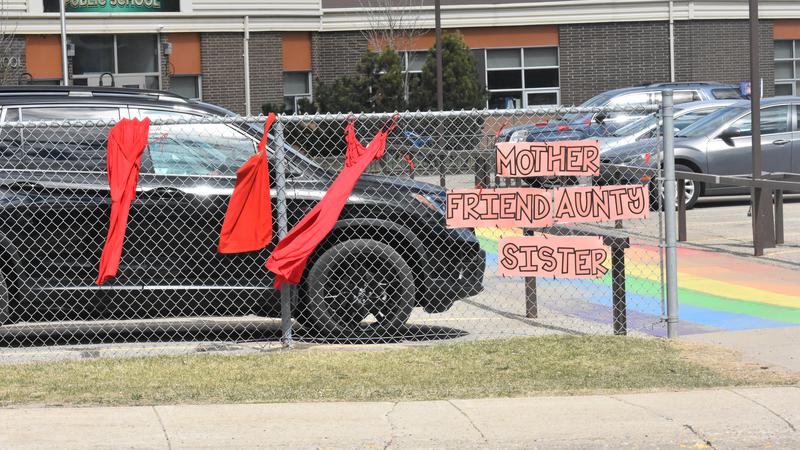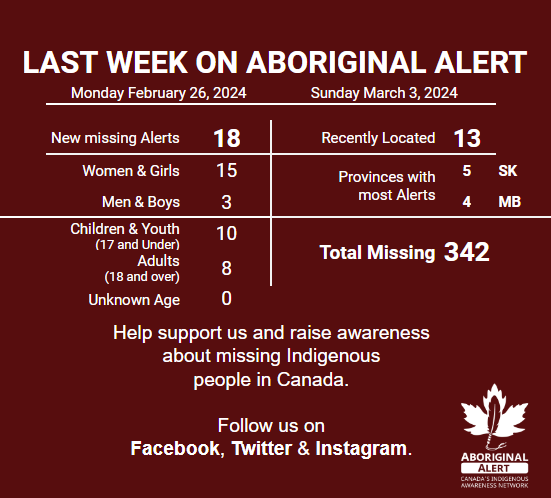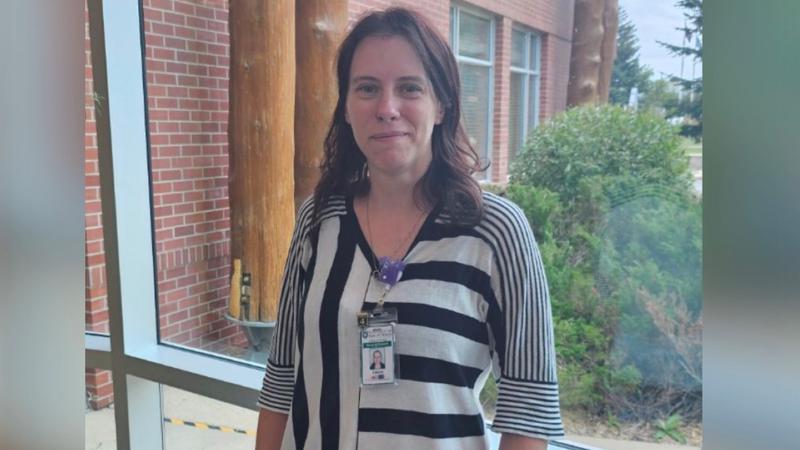
Sask. advocates hope proposed Red Dress Alert becomes reality
It could mean the difference between life and death for Indigenous women across Canada and advocates in Saskatchewan are praying it happens.
Last week, a Manitoba MP called for the creation of an Alert System for missing Indigenous women known as the Red Dress Alerts. The system would follow the same model as the Amber Alerts which are sent out for children who are missing and deemed at risk.
“This is a critical initiative,” New Democrat MP Leah Gazan, who represents the riding of Winnipeg Centre, said last month as a House of Commons committee began studying her “Red Dress Alert” proposal.
“This is an initiative that will save lives.”



